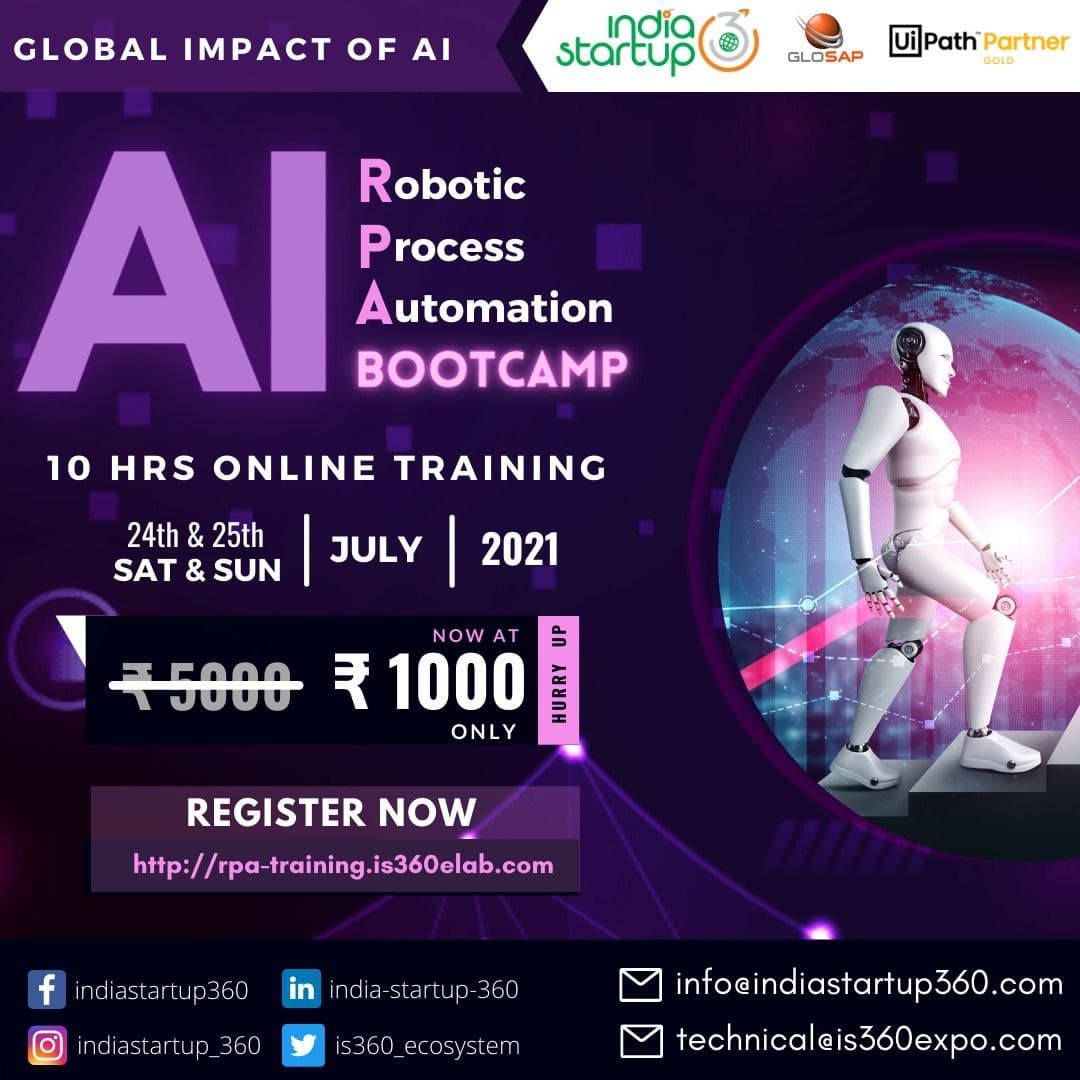
‘Robots / Digital Work forces use software with artificial intelligence (AI) and machine learning (ML) capabilities to handle high-volume, repeatable tasks that previously required humans to perform’ explains Venkatesh Babu, Managing Director, Glosap Group. ‘These tasks can be queries, calculations, Data entry, Reports, e-mails, Reminders, maintenance of records and transactions, etc.,
Robotics Process Automation (RPA) is at the forefront of human-computer technology and provides players in the industry with a virtual workforce that is rule based and is set up to connect with your company’s systems in the same way as your existing users.

Mr. Venkatesh Babu
Managing Director, Glosap Group
'RPA is all about automating repetitive activities to make them faster and less labor-intensive, while producing higher quality data. Automating processes with a robot is common across all transactional business processes including finance transaction processing, Sales, Service, personnel and customer related activities' adds Babu.
‘With robotics, you automate and build an automation platform for your front office, back office and support functions. New and emerging technology, such as robotic process automation, cognitive computing and the Internet of Things (IoT) will profoundly impact and transform the workforce of the future across the Industry sectors’.
RPA is machine and software automation that frees humans by mimicking human activity in manual, tedious, repetitive, rules-based transactions, processes and workflows, initiating responses and communicating with digital systems.
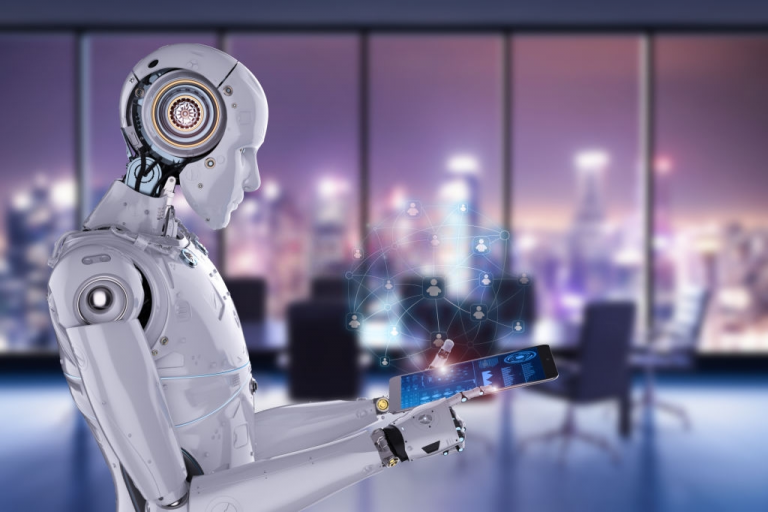
On a question about impact on Manpower in any Organization that deploys RPA, Babu says, ‘There is no doubt that RPA can make employees 15 percent or perhaps even 30 percent more productive by automating mundane, predictable tasks. Without organizational change management and workforce redesign, making your employees 30 percent more productive will simply translate into having the same number of people spend fewer hours carrying out the work required of them’.

Mr. Jivan Muttupillai
Co-Founder, Glosap Group
Babu highlights that Real cost savings are made possible by RPA, but they don’t happen overnight or without broader change management, and typically successful RPA transformations lead to incremental reductions over a period of time. Of course, many other benefits can be garnered through RPA, including greater compliance, faster cycle times, and more time for higher-value tasks and innovation by freeing up bandwidth from mundane, repetitive tasks.

5 Factors in Choosing Which Processes to Automate:-
1. Employee Involvement:
“99% of organizations still spend considerable personnel time doing repetitive manual tasks, with almost three quarters (74%) spending over a quarter of their time doing so.”
2. Complexity
Complexity of a process can be defined by the number of applications/systems, the frequency of human intervention, or the number of steps required in order to execute the task.
3. Volume
Organizations do not have a defined set of opening hours, meaning a high volume of orders, requests, and complaints are received around the clock, regardless of weekends and holidays.
4. Standardization and Stability
RPA is best suited for automating tasks that are highly definable and occur the same way every time. These activities are rules-based, consistent and data driven.
5. Difficulty of Outsourcing
Many business activities, especially in financial services, require a high level of regulatory compliance. This kind of security is often difficult to achieve and maintain with offshoring because companies have a lesser degree of oversight and direct control when processes are managed by a BPO provider.
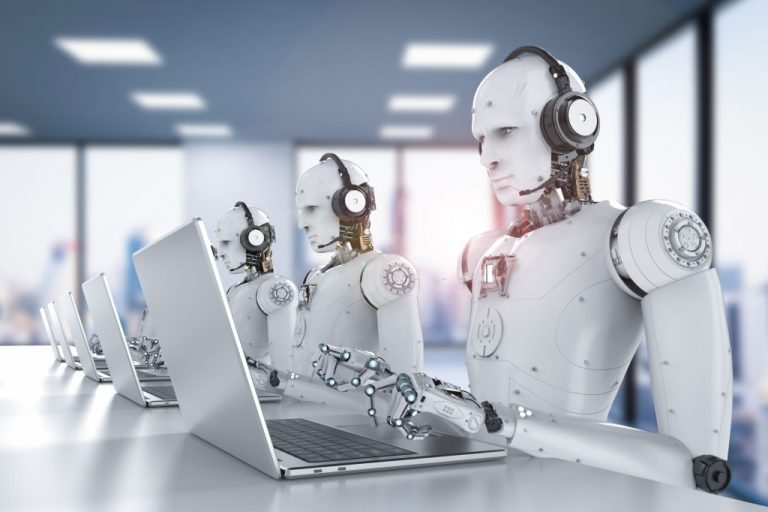
The benefits of Robotic Process Automation are as follows:-
- Improved business results
- Reduced Costs
- Faster service
- Increased customer satisfaction
- Lower Operational risk
- Employee empowerment
- Improved analytics for workflow management
- Reduction of data entry errors and other manual errors
Glosap’ has ambitious plans to launch new Business Model
‘RaaS [ Robot – As – A – Services ]’
Robotics-As-A-Service (RaaS) is a new business model where robots are offered as a service rather than as a product to manage an organization’s most manual, mundane, repetitive, or hazardous tasks across multiple locations.
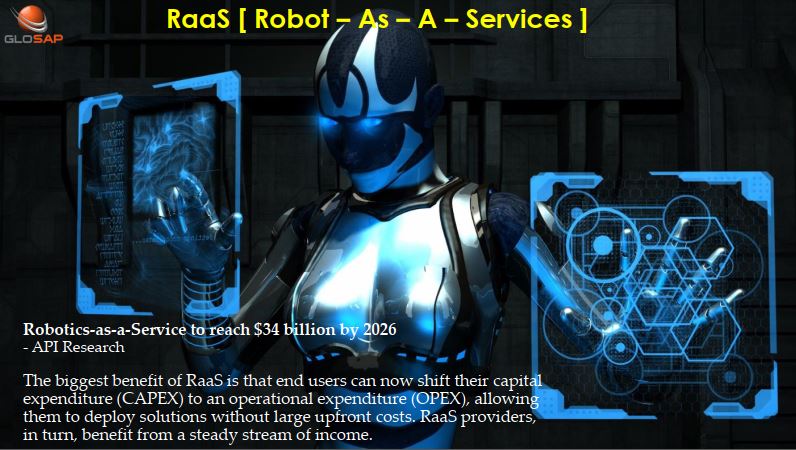
Robotics as a Service (RaaS) is a unique model which is a combination of cloud computing, AI, robotics and shared services. With RaaS, clients don’t really need to buy an integrated solution; they can, instead, lease the robotic devices as a cloud based service. RaaS offers a flexible purchasing procedure that helps buyers maintain their bottom line. Further to this, enhanced employee engagement, customer satisfaction and loyalty are some of the turnaround factors which makes Robotics as a Service (RaaS) the darling.
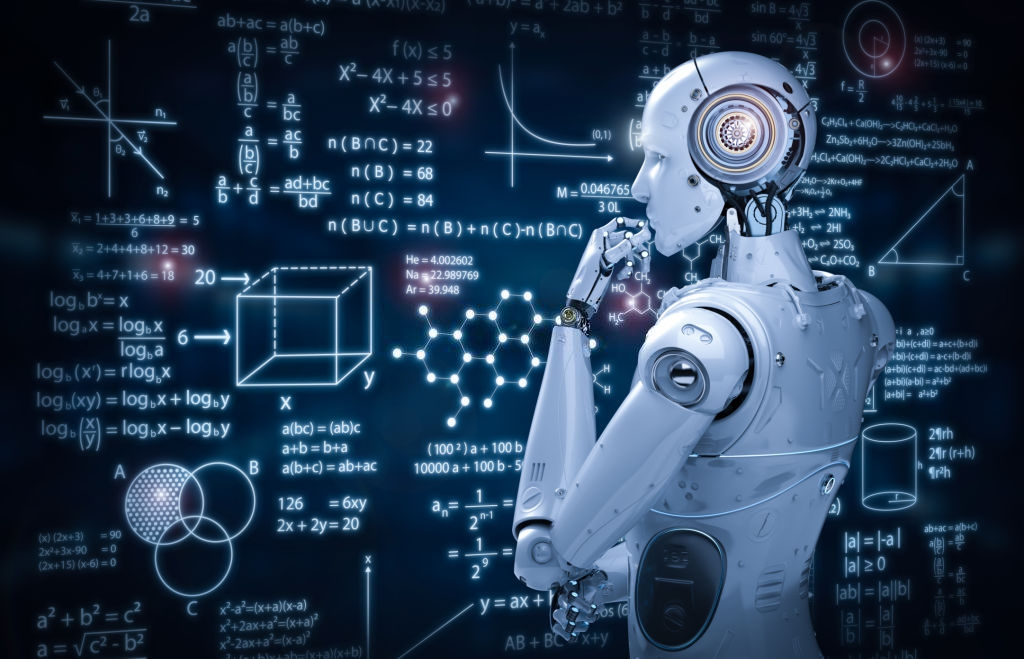
This helps:
- Improve productivity at minimal costs
- Enables a smarter business network
- Focus employees on high-value tasks
- Cost-sharing between companies
- Flexible and scalable solution
- Control centre for allocating resources
- Choice between pay per use and fixed prices
Glosap Group was established in 2006 and has its headquarters in Singapore. Demonstrating exceptional growth, Glosap group expanded its operations in Malaysia, Australia, New Zealand, Thailand, Sri Lanka, Germany, USA and UAE. A well-functioning offshore back office & CoE (Centre of Excellence) with 200+ resources.
Sharing is caring!

